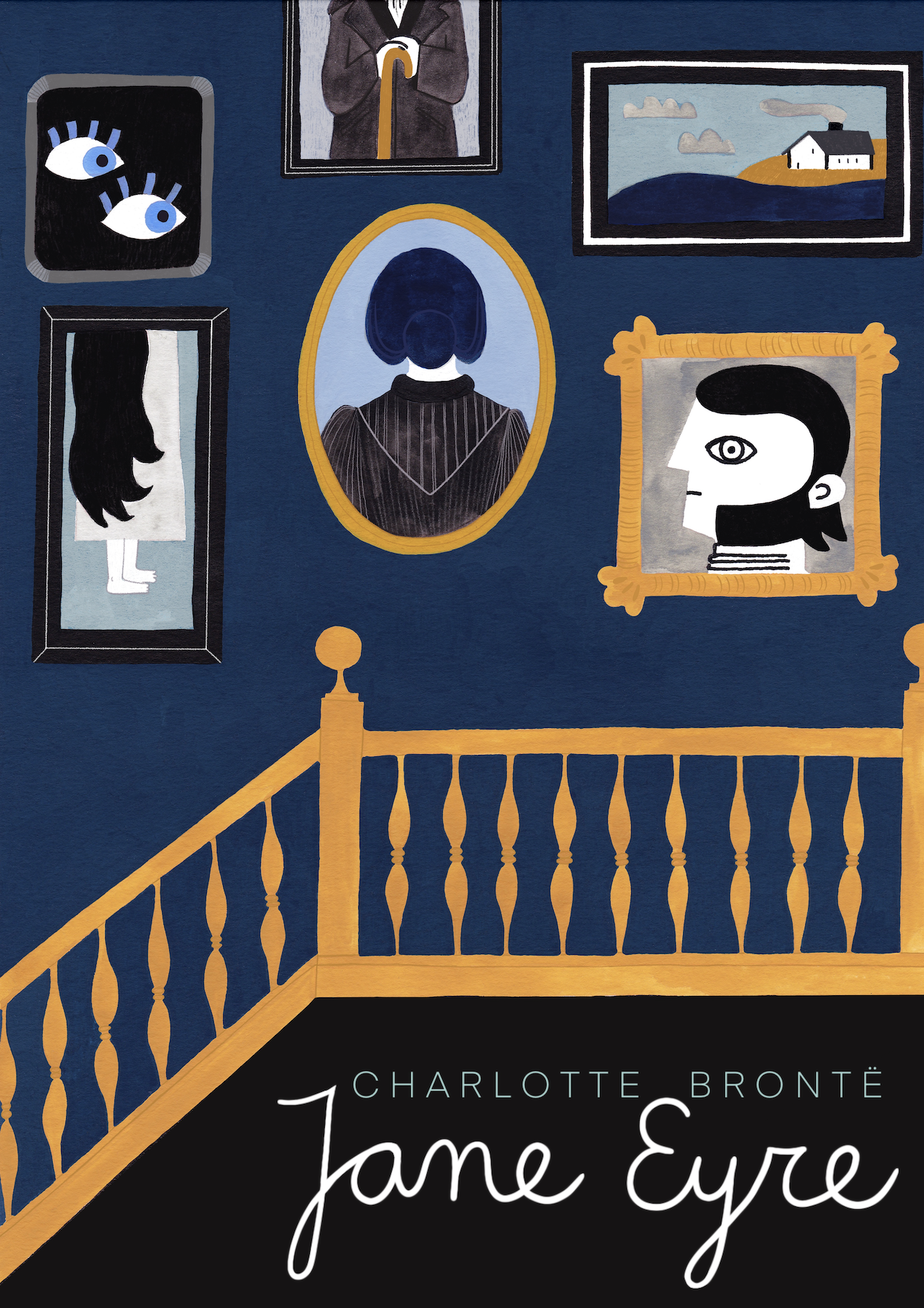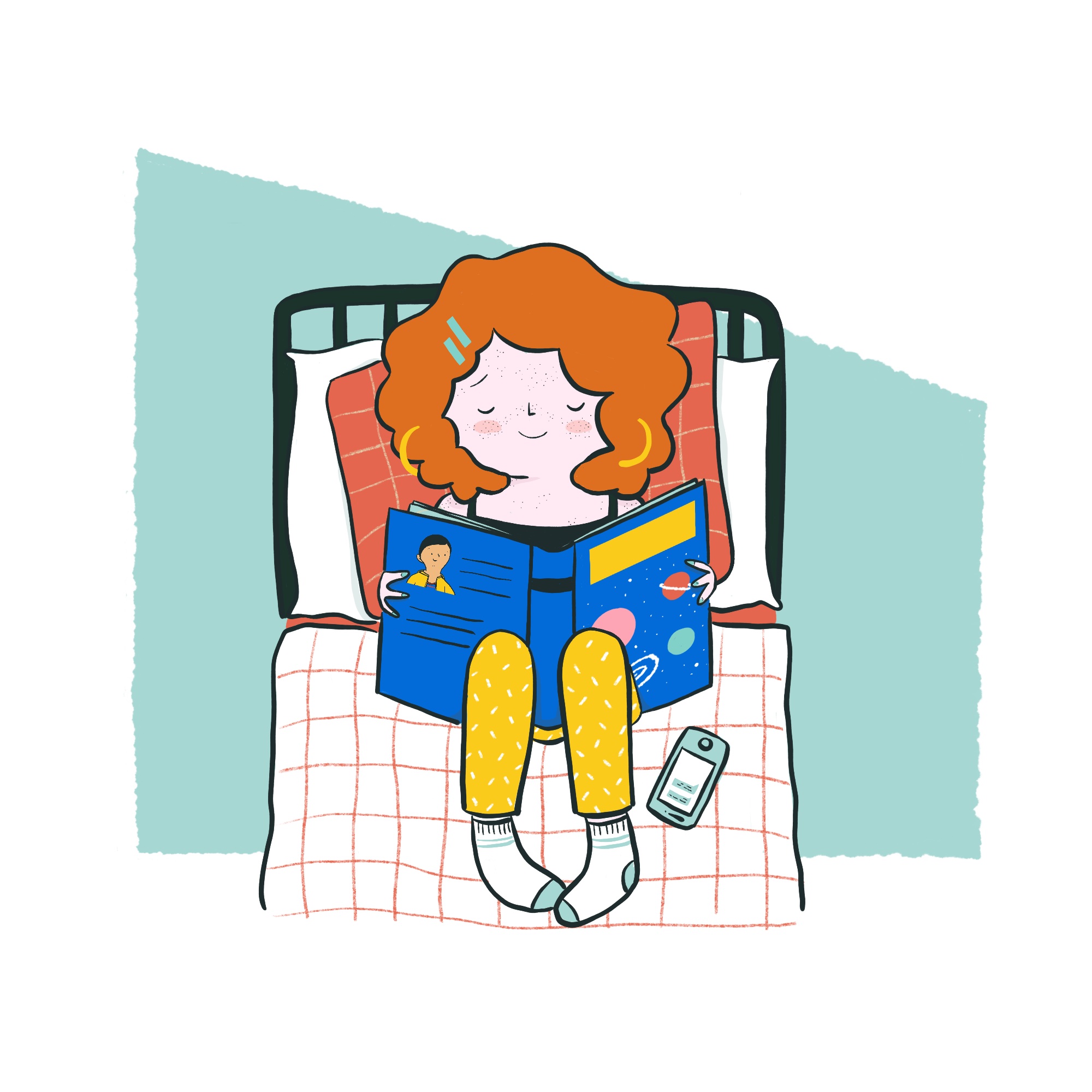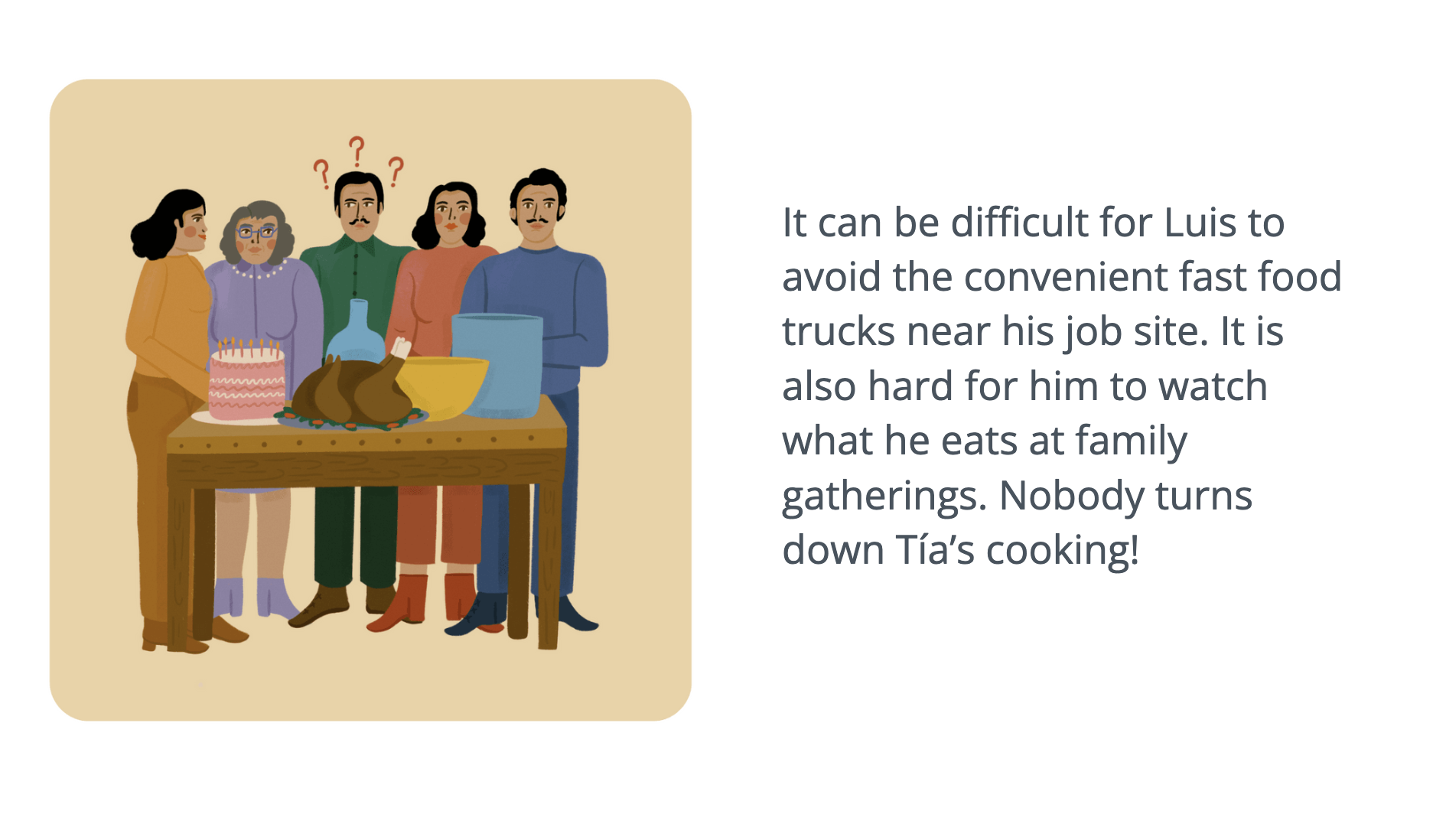If you had told me 10 years ago that I would change my career in my 40s to become a freelance illustrator, I would have said: whaaaaattt? Back then, I was working as a doctor in Spain. After spending time on my Ph.D. in Barcelona and New Zealand, I moved to Scotland to continue with my research as a postdoc.
I have always been what you would consider a “crafty” person—enjoying sewing, knitting and drawing. Coming from a family with a long tradition of artists, I have been drawing intermittently through the years. But once I had my kids, I started doing it more regularly in my free time.
After six years working as a postdoc, a combination of different factors made me question my career. When I thought about my future, I couldn’t see myself in academia anymore. I wanted to spend more time with my family, and at the same time, my interest in illustration had grown. As I was contemplating the possibility of creating illustrations for a living the pandemic hit in 2020 and a thought became clearer than ever: I wanted to leave academia to become an illustrator.

While the reasons why I made the decision are complex and perhaps difficult to understand, I wanted to talk about what helped me in this career transition towards working as a freelance illustrator. Full disclosure, I am by no means an expert or a career advisor, and I am just at the beginning of this exciting illustration journey. One thing to remember is that it is not a one-size-fits-all. This is my personal experience, and I hope that these tips are helpful if you are thinking about making a career move into illustration.
1. Know yourself.
In my opinion, this is one of the most important things that sometimes gets overlooked. If you have decided to change your career, you want to make sure that you are moving into something that aligns with your personality and your values. I spent time thinking about what I liked and enjoyed doing (what I could “geek” about, losing track of time) and on the other side, what I disliked. I was also very lucky that my university offered a career advice service, where I took a personality test and discussed my career options. I also had the opportunity to have a mentor (I will forever be grateful to mine for his non-judgemental guidance!). But in the end, it comes down to having conversations with yourself. Explore your personality, be honest with yourself and identify what your strengths are and what motivates you.
2. Prepare in advance.
This is not a decision that you can take in a hurry—especially because most of us have responsibilities and need to pay rent, food, clothes. I started preparing a detailed budget to know how much money my family needed to live comfortably. And in addition, it is good to start saving so you can have some reserved money for when you decide to take the next step.
3. Do your research!
I made sure to get as much information as possible about other careers outside academia and illustration in particular. I attended career fairs and workshops. By far, one of the things that helped me the most was to talk to people about their experiences, especially transitioning from academia or changing careers later in life. This gave me the opportunity to meet amazing people, such as Amanda Prowse (medical writer), Jill Calder (freelance illustrator), Mhairi Towler (founder of the animation company Vivomotion), and Carla Brown (founder of Game Dr). They were all very generous sharing their experience with me. I also found the story of the illustrator Lisa Congdon really inspiring (and recommend her books Art Inc and Find your artistic voice). I took a course about freelance illustration organised by the Association of Illustrators (AOI) and that gave me enough knowledge to understand the basics of what working as an illustrator really meant.

4. Plan your exit.
Do you want to keep your job but perhaps move part-time to start developing your freelance illustration career? This way you can earn an income while you don’t have illustration work or to complement your income. Or do you want to leave and find a part-time job in another area? Or use your savings and just focus on illustrating full time? Think about your personal circumstances and which is the best plan for you.
5. Learn your craft.
If you are going to draw for a living, you need to make sure that you are delivering a quality product. Like athletes or musicians, we need to train every day to be our best at what we do, so I try to draw every day, even if it is only a quick 5-minute doodle. There are lots of online resources and local art classes; I took online courses on platforms such as Domestika (my favourite) or Skillshare and used free resources such as YouTube and read books. Learn the basics, draw every day, be adventurous and explore different techniques. Don’t be discouraged—think of it as a language, the more you practice it, the more fluent you will become.
6. Start small.
Sometimes we postpone starting something because we don’t have the right materials, the right paper…. But at some point, you need to start with what you have and make the most of it! I bought some quality art supplies and a second-hand tablet and printer. With this small initial investment, you can start working and then expand your tools depending on your necessities.
7. Use your background to your advantage.
When I started working as an illustrator, I used to hide my previous career. Although I had voluntarily changed it, I had a looming feeling of “failure” leaving academia and an imposter syndrome for not having attended art school. But after some time, I started to see my background as an advantage that gave me a unique point of view and experience when thinking about ideas for my illustrations. Embrace and honour your life path—it was what made you the person you are today.
8. Find local opportunities to volunteer or work.
This will not only get you practical experience and opportunities to build your portfolio, but you will also experience first-hand what it means to work as an illustrator and decide if it is for you. I volunteered for two student publications, got experience with briefs, deadlines and started to understand that being a freelance illustrator is not only drawing all the time. It also involves, as any other job, a lot of admin. I know that everyone says that you should not work for free, but you could find charities or student organisations to collaborate with. In my case, as I was not able to go into art school, this was the only way that I could get experience and enter the illustration market.

9. Build a community.
I must confess that as an introverted and very shy person, this is the part that I struggle with the most, so it is a work in progress for me! Freelance work can be quite isolating, so it is nice to have a community of like-minded friends to chat to, share and ask questions. If you are like me, my advice is to meet people in classes, workshops or online.
10. Say it out loud!
I was very lucky to get some of my first works chatting with people and letting them know what I was doing. But to be honest, at the beginning, I found it difficult and scary to tell people that I was leaving academia because I felt guilty about it. Again, in my case, it helped to talk to other people about their career paths and to understand that there are a lot of opportunities outside academia and that changing my career did not represent a failure at all. A good way to spread the word is to share your illustrations on social media platforms like Instagram, Twitter or LinkedIn and to have a website (remember that this is going to be your “shop front” for potential clients, so keep it curated and updated, showing your best work).
11. Be positive and nice to other people.
When dealing with clients, always remember to be positive; you are there to help them to solve a problem, not to be a problem. This does not mean say yes to everything! Ask all the questions that concern you and be polite. Don’t forget to also be nice and gentle with yourself, you are now your own boss. Put boundaries in terms of hours you are working (although it is going to be difficult when you are starting out) and make a plan for your career development like you would if you were working for someone else.
12. Stay open to different possibilities.
You never know where you will find your next opportunity, so be flexible! Think about possible streams where you could get an income from. I am interested in science communication, editorial illustration for magazines and children’s picture books, and I am also planning to open an online shop with my artwork. There are a lot of ways you can market your work, from pattern design, greeting cards, delivering workshops… Again, everyone is different, so do some research and focus on what fits you.
And finally, enjoy the process and be confident. Don’t be afraid to call yourself an ILLUSTRATOR!





